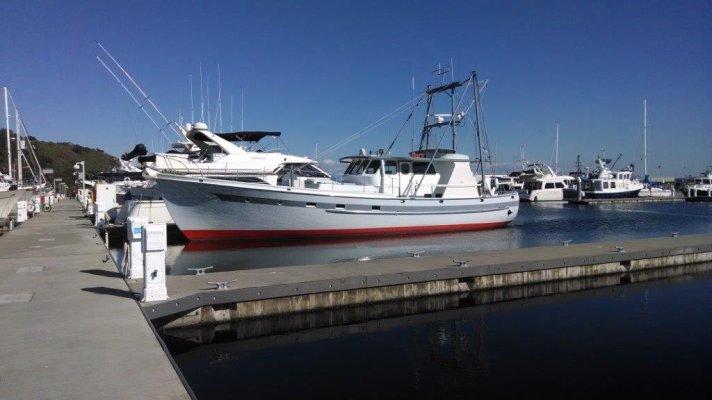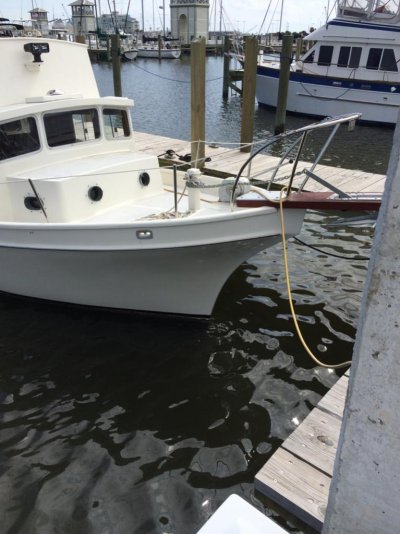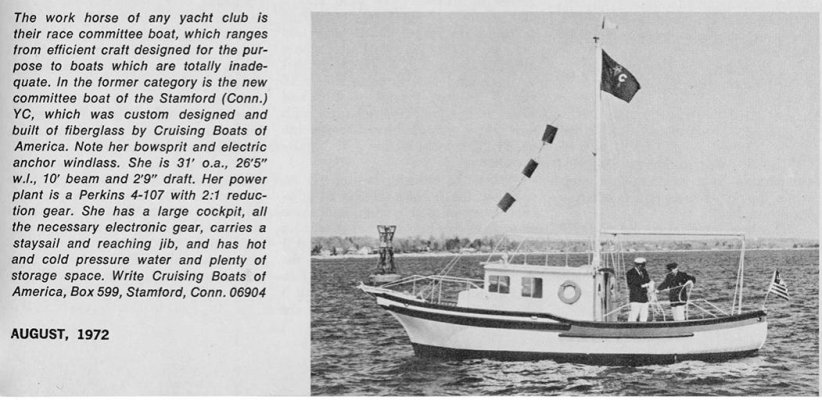Delfin
Grand Vizier
- Joined
- Jan 20, 2010
- Messages
- 3,821
This vessel, the Qwest, is currently tied up at Cap Sante marina in Anacortes, WA. I haven't seen this boat before and wonder if anyone knows anything about it. I will keep my eyes open for the owner, but so far I haven't seen anyone aboard.
It has a get home engine configuration I haven't seen. The main wheel is where it should be - single screw between keel and rudder. But the get home shaft runs underneath the rudder and comes out the back end of whatever the heck you call the flat plate that the lower rudder pintle goes into that extends back from the keel. You know, the rudder thingie. Anyway, it also has an athwartships prop that I assume acts as a stern thruster, although it just sticks out there so I wonder about drag.
Note the paravanes and how far back they are. I wonder if they work as well in that position, as I understand the optimal point is usually just aft of the center of gravity of the vessel.
This is a very cool looking boat I would like to know more about if anyone is familiar with it. Wood? I couldn't tell. Has a serious hook - 350 # Forfjord and a deck mounted hydraulic winch. The foredeck doesn't have much in the way of bulkwarks, which is unfortunate as I think it might be pretty wet in a seaway.
It has a get home engine configuration I haven't seen. The main wheel is where it should be - single screw between keel and rudder. But the get home shaft runs underneath the rudder and comes out the back end of whatever the heck you call the flat plate that the lower rudder pintle goes into that extends back from the keel. You know, the rudder thingie. Anyway, it also has an athwartships prop that I assume acts as a stern thruster, although it just sticks out there so I wonder about drag.
Note the paravanes and how far back they are. I wonder if they work as well in that position, as I understand the optimal point is usually just aft of the center of gravity of the vessel.
This is a very cool looking boat I would like to know more about if anyone is familiar with it. Wood? I couldn't tell. Has a serious hook - 350 # Forfjord and a deck mounted hydraulic winch. The foredeck doesn't have much in the way of bulkwarks, which is unfortunate as I think it might be pretty wet in a seaway.
Attachments
Last edited:





